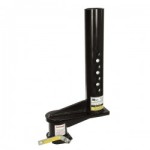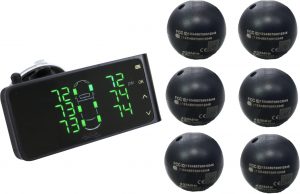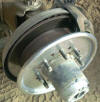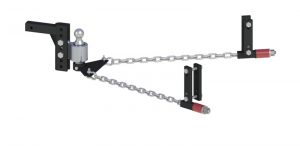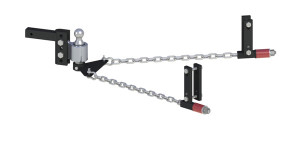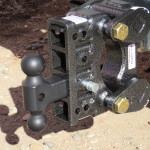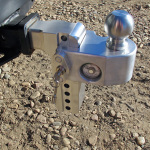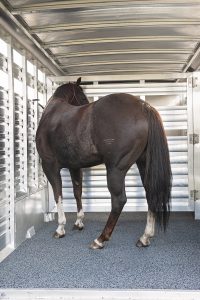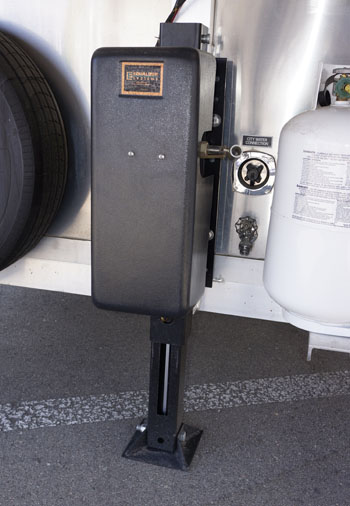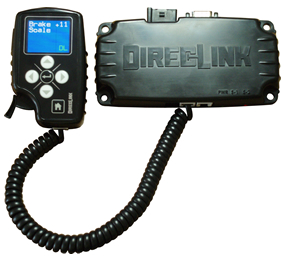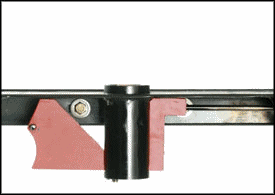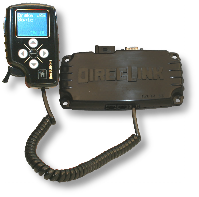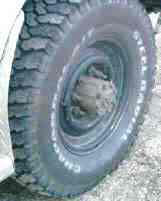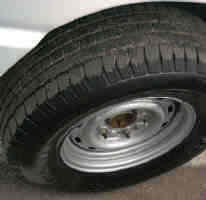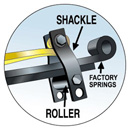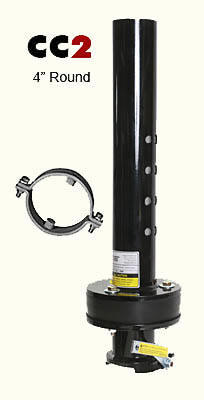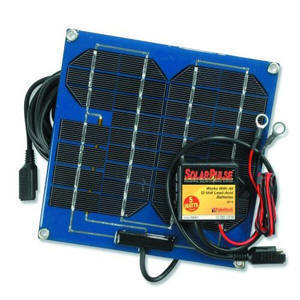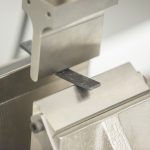
Nearly 1,600 pounds per square inch of force is applied to the graphene composite shown, testing for high strength and stiffness
From Hard Working Trucks: Graphene – a two-dimensional nanomaterial – is slated to into more than 10 under hood components of the company’s flagship pickup. Graphene is 200 times stronger than steel and one of the most conductive materials in the world. It is a great sound barrier and is extremely thin and flexible.
Graphene, while not economically viable for all applications, will be used in small amounts in fuel rail covers, pump covers and front engine covers to maximize its strength benefits.
“The breakthrough here is not in the material, but in how we are using it,” says Debbie Mielewski, Ford senior technical leader, sustainability and emerging materials. “We are able to use a very small amount, less than a half percent, to help us achieve significant enhancements in durability, sound resistance and weight reduction – applications that others have not focused on.”
Graphene has recently generated the enthusiasm and excitement in the automotive industry for paint, polymer and battery applications but in collaboration with Eagle Industries and XG Sciences, Ford is deploying it between the axles.
Graphene was first isolated in 2004, but application breakthroughs are relatively new. The first experiment to isolate graphene was done by using pencil lead, which contains graphite, and a piece of tape, using the tape to pull off layers of graphite to create a material that is a single layer thick – graphene. This experiment won a Nobel Prize in 2010.
In 2014, Ford began working with suppliers to study the material and how to use it in running trials with auto parts such as fuel rail covers, pump covers and front engine covers. Generally, attempting to reduce noise inside vehicle cabins means adding more material and weight, but with graphene, it’s the opposite.
“A small amount of graphene goes a long way, and in this case, it has a significant effect on sound absorption qualities,” adds John Bull, president of Eagle Industries.
The graphene is mixed with foam constituents, and tests done by Ford and suppliers has shown about a 17 percent reduction in noise, a 20 percent improvement in mechanical properties and a 30 percent improvement in heat endurance properties, compared with that of the foam used without graphene.
